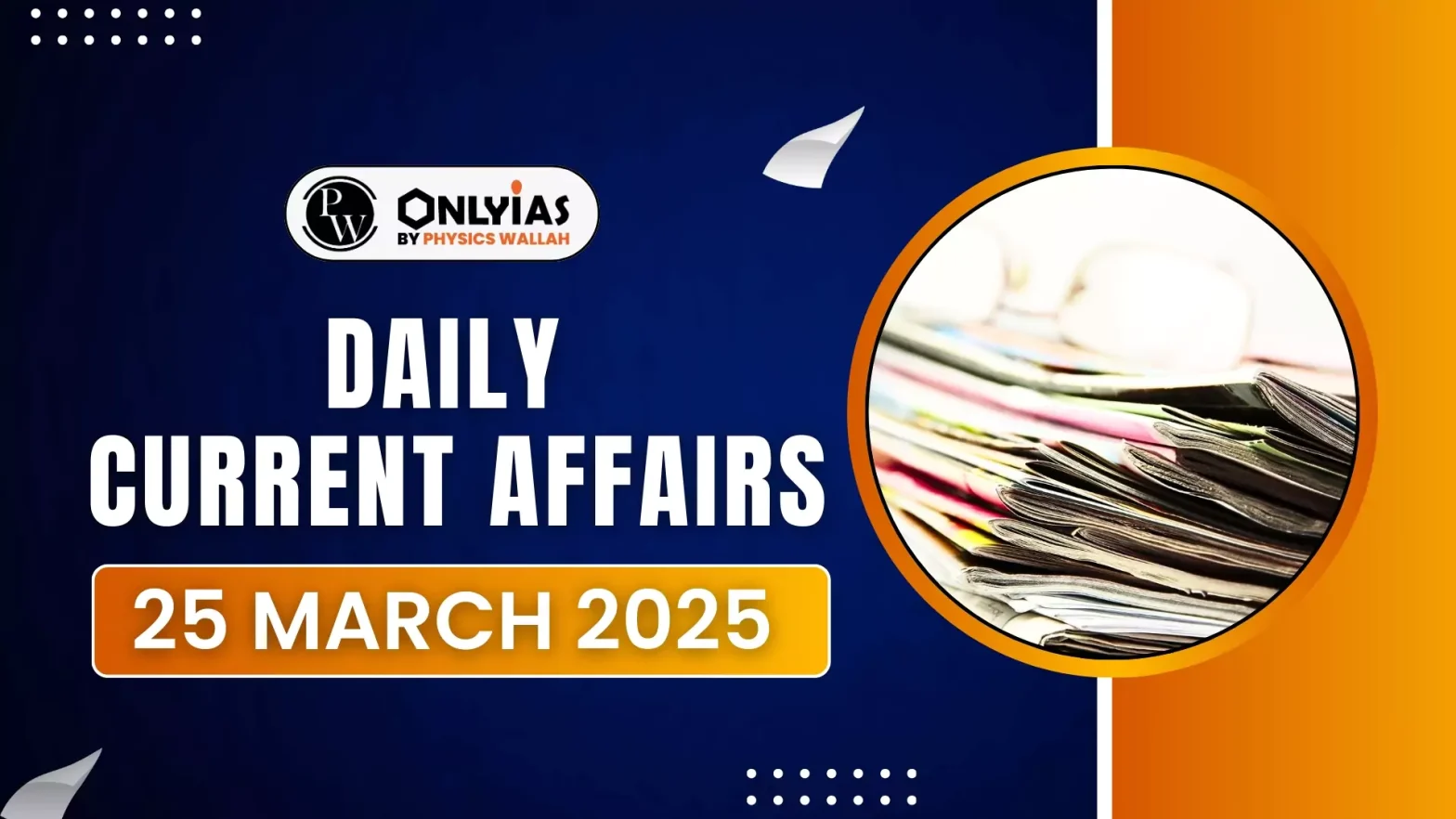Glaciers around the globe are disappearing faster than ever, with the last three-year period seeing the largest glacial mass loss on record, according to a UNESCO report.
- The report coincides with a UNESCO summit in Paris marking the first World Day for Glaciers, urging global action to protect glaciers around the world.
About Glaciers
- Glaciers are persistent bodies of ice that slowly flow downhill due to gravity.
- They form over time as accumulated snow compresses into dense ice.
- Found primarily in polar regions and high-altitude mountain ranges like the Himalayas, Alps, and Andes, glaciers play a vital role in Earth’s climate and water systems.
- There are more than 200 000 glaciers in the world, covering an area of area of around 700 000 km²
- Glaciers gain mass through accumulation processes such as snowfall and sediment deposition and lose mass through ablation processes such as melting and evaporation.
- UNESCO’s World Day for Glaciers: Observed on March 21, this day highlights the urgent need for global cooperation in glacier conservation.
- International Year of Glaciers’ Preservation: UNESCO and the World Meteorological Organization (WMO) officially launched this initiative on January 21, 2025.
|
Key Findings of the Report
- Scale of Ice Loss: 9,000 gigatonnes of ice lost since 1975—equivalent to an ice block the size of Germany with a 25-meter thickness.
- Recent Glacier Loss Trends: Five of the last six years recorded the highest glacier losses.
- Loss in 2024: 450 gigatonnes of glacial mass lost in 2024 alone.
- Worst Affected Region: The Arctic, Alps, South America, and Tibetan Plateau are among the worst-affected regions.
Causes of Accelerated Glacial Melt
- Climate Change as the Primary Driver: Rising global temperatures, largely due to fossil fuel emissions, are causing glaciers to melt at unprecedented rates.
- Greenhouse Gas Emissions: Increased carbon dioxide and methane levels trap heat in the atmosphere, intensifying ice loss.
Consequences of Glacial Melt
- Rising Sea Levels: Melting glaciers are one of the biggest contributors to sea level rise.
Organisations Involved in Glacial Monitoring and Preservation
- World Meteorological Organization (WMO): Monitors global climate trends, including glacier melt, and works on improving early warning systems for glacier-related hazards. The WMO supports international efforts to monitor glaciers and ice caps.
- The WMO Third Pole Regional Climate Centre Network (TPRCC-Network) prepares and disseminates regular assessments of glacier changes in the Hindu Kush Himalaya region.
- World Glacier Monitoring Service (WGMS): Based in Switzerland, it tracks glacier mass balance and ice loss worldwide, providing critical data for climate research.
- International Centre for Integrated Mountain Development (ICIMOD): Focuses on the Hindu Kush Himalaya region, studying glacial retreat and its impact on water resources and mountain communities.
|
- Water Scarcity: Glacier-fed rivers provide freshwater for billions; their decline threatens drinking water, agriculture, and hydroelectric power.
- More Frequent Natural Disasters: Warming temperatures intensify droughts, avalanches, landslides, flash floods, and glacial lake outburst floods (GLOFs).
- Threats to Mountain Communities: Over 1.1 billion people in mountain regions face water shortages and heightened risks from natural disasters.
- Cultural and Spiritual Loss: Indigenous communities, like Uganda’s Bakonzo people, revere glaciers as sacred; their disappearance erodes cultural identity.
- Rising Conflicts Over Water: In regions like East Africa, dwindling glacial water has already sparked disputes over access to vital resources.
- Accelerating Climate Instability: The loss of glaciers disrupts global weather patterns, impacting ecosystems and food security.
- Increased Flooding Risks: Every 1 mm of sea level rise puts up to 300,000 people at risk of annual flooding.
Way Forward
- Strengthening Scientific Research: Expand glacier monitoring programs using satellite and on-ground observations to track changes accurately.
- Improving Early Warning Systems: Deploy advanced forecasting tools to predict glacial hazards like avalanches and glacial lake outburst floods (GLOFs).
- Enhancing Climate Action: Enforce stricter emission reduction targets and accelerate the transition to renewable energy sources.
- Example: Strengthen global commitments like the Paris Agreement to limit temperature rise and protect glaciers.
- Sustainable Water Management: Develop adaptive water storage and distribution systems to counteract the loss of glacier-fed freshwater sources.
Conclusion
Glaciers are vital freshwater reservoirs, but their rapid decline due to climate change poses severe environmental and socio-economic risks. Urgent global action is needed to mitigate their loss and safeguard future water security.
![]() 25 Mar 2025
25 Mar 2025

